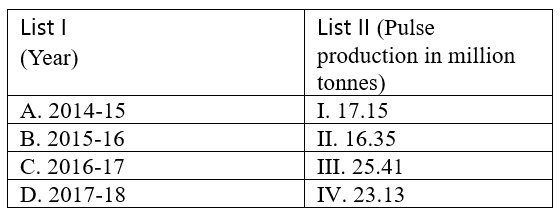Question
Which of the following best exemplifies a critical
advantage of Mobile Edge Computing (MEC) over traditional cloud computing?Solution
Mobile Edge Computing (MEC) brings data processing and storage closer to the network’s edge, significantly reducing latency. By processing data near end-users, MEC enables real-time applications, such as augmented reality, autonomous driving, and industrial IoT, to function efficiently. This proximity reduces the need for data transmission to distant centralized cloud servers, cutting down on delays and bandwidth usage. MEC’s decentralized approach aligns with the increasing demand for low-latency, high-performance applications in mobile computing. Why Other Options Are Incorrect:
- A) While MEC may reduce latency, it does not inherently lower hardware costs compared to traditional setups.
- B) MEC prioritizes speed and efficiency, not redundancy, which is more characteristic of cloud-based systems.
- D) MEC is forward-focused and does not necessarily improve integration with older legacy systems.
- E) MEC reduces reliance on centralized data centers by distributing computing resources to the network edge.
Intermittent "on" and "off' system is followed in ___________ irrigation system.
Jackfruit is propagated through
Stainless steel vessel in which fermentation is carried out under sterile conditions is called?
Which are the basic resources for agriculture?
Match List I with List II

Cell is the fundamental structural and functional unit of all living organisms. It was first discovered by _______.
The highly evolved plant parasitic nematodes create a large volume of …. near the feeding site and modify it to efficient withdrawal of nutrients?
What is the assistance of Power Tiller for SC/ST, Small & Marginal, Women farmers and NE States- below 8 BHP
Jam generally contains Total Soluble Solids (TSS) percentage-
Soya sauce is fermented product of


